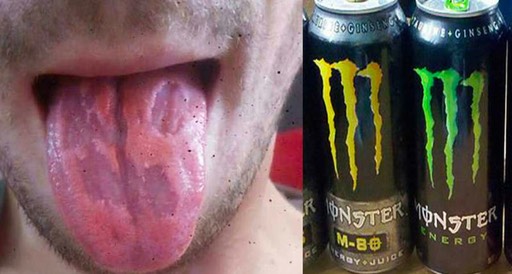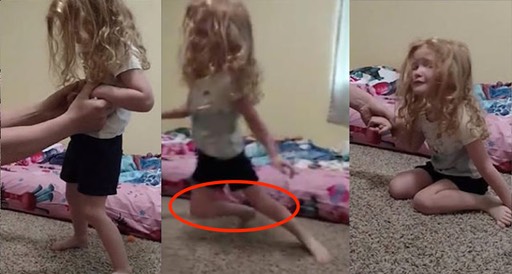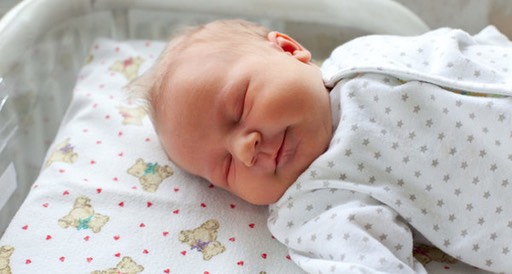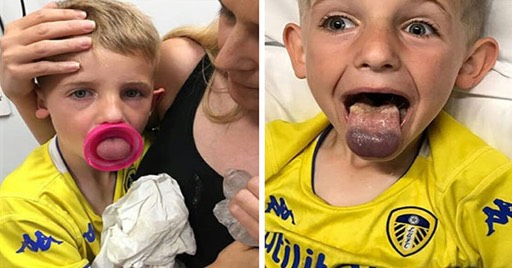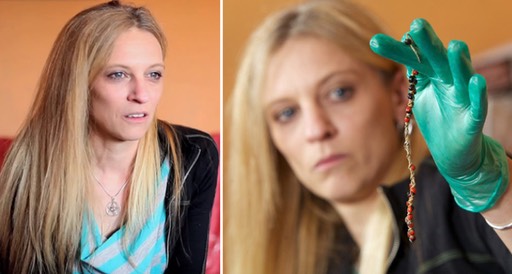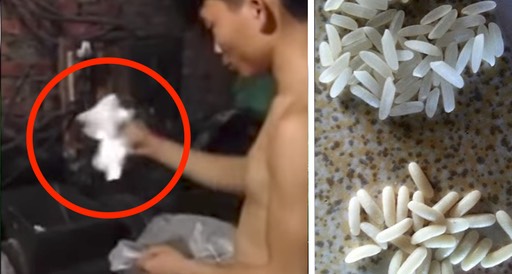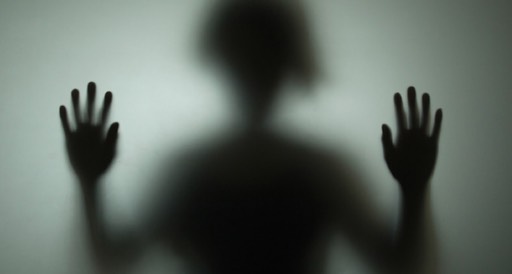Christmas time is a favorite part of the year for many people. You get to spend time with friends and family, eat delicious food, and turn your home into a magical little wonderland for a while. It’s pretty great!
That is, except when your magical wonderland gets invaded by gross, uninvited guests. We’re not talking about that weird branch of the family — we’re talking about bugs.
Many people don’t think bugs are an issue in the winter, but they definitely can be. After all, it’s cold out, and so bugs are looking for a nice, warm place to camp.
What’s more, tree-dwelling insects will go dormant in the cold, kind of like hibernating. However, once they’re inside your warm living room, they’ll come back to life.
Plus, bugs have a nasty knack for turning up just about anywhere, no matter how bizarre.
If you have a fake tree, you probably don’t need to worry about insects too much (although it’s a good idea to check, just in case) — but if you prefer the piney scent of the real deal, it’s a good idea to know what to look for, and how to deal with the issue.
Buying a Christmas tree is a beloved tradition for thousands of families, and there’s something nice about having a real pine tree in your home. It smells nice, and it’s so pretty.
However, because they’re part of nature, it also means they can double as homes for several types of insects, many of which will be dormant in the cold but will happily come to life in the warmth of your living room.
Aphids, which are small black or brown bugs, are some of the most…
common offenders. Other insects include scale insects, bark beetles, psocids, and mites. Don’t see any bugs? Keep an eye out for other signs of their presence, like feeding trails, eggs, or burrows.
White blobs like these are a clear indication of adelgids. The tiny bugs create them when they suck the sap out of spruce needles. And if you find a tan, walnut-sized mass like this on one of the limbs, get rid of it. It’s a praying-mantis egg mass — and it’ll hatch!
The types of bugs you may find will vary based on where you live, and while they’re not exactly brimming with Christmas cheer, they’re harmless — gross, but harmless. So what can you do? Well, a spot check on site can help if you live in a warmer climate. However, if one tree has a bug population, chances are, they all do. This is nature, after all.
There are some allies, though. These lady-beetle larvae love to eat Christmas-tree pests.
The best thing you can do after purchasing a tree is to shake it. This will dislodge any stowaways. Some places even have tree-shakers on site that will do the work for you.
Of course, if you don’t have a tree-shaker handy, you can do it yourself. You may need help, so make it a family tradition. Simply stand the tree up, grab the trunk at above-shoulder height, and shake it vigorously. And despite what you may think, strapping the tree to the roof of the car and driving home won’t shake bugs off. Sorry.
Another good way to clear your tree of bugs? Leave it in the garage for 24 hours before bringing it inside to decorate. Once you have the tree, be sure to vacuum regularly around its base. This will keep pine needles off your floor, and will also snatch up any bugs that have decided to climb off the tree and go exploring.
There’s more good news, too. The insects that live in pine trees need the plant to survive. Eventually, the pine tree will die, and so will they. That sounds a little grim, but it’s better than having a full-on infestation.
So if you love a live tree, be on the lookout for bugs and shake it. But if you spot one or two critters inside, don’t fret — your Christmas won’t suffer!
SHARE this helpful information with anyone who loves the smell of a real Christmas tree.
